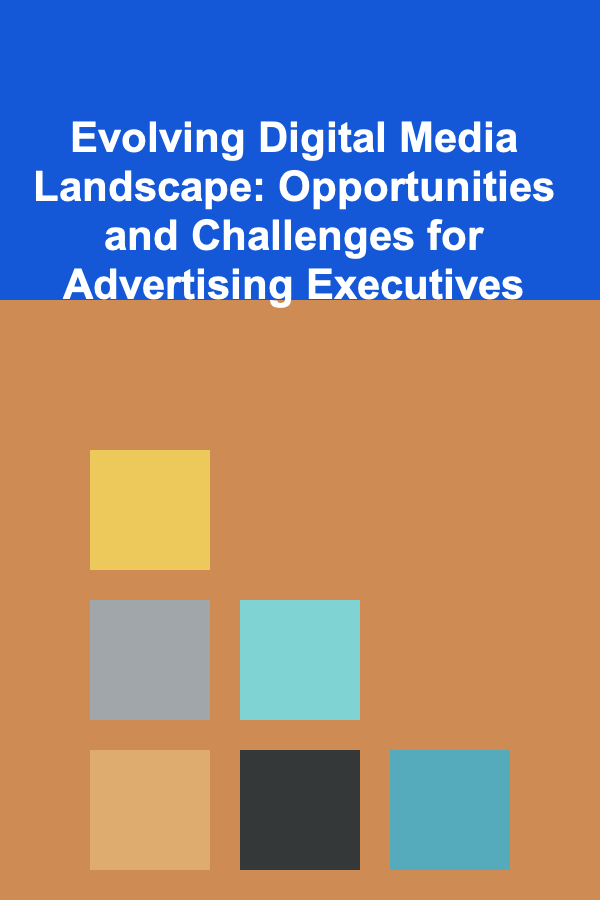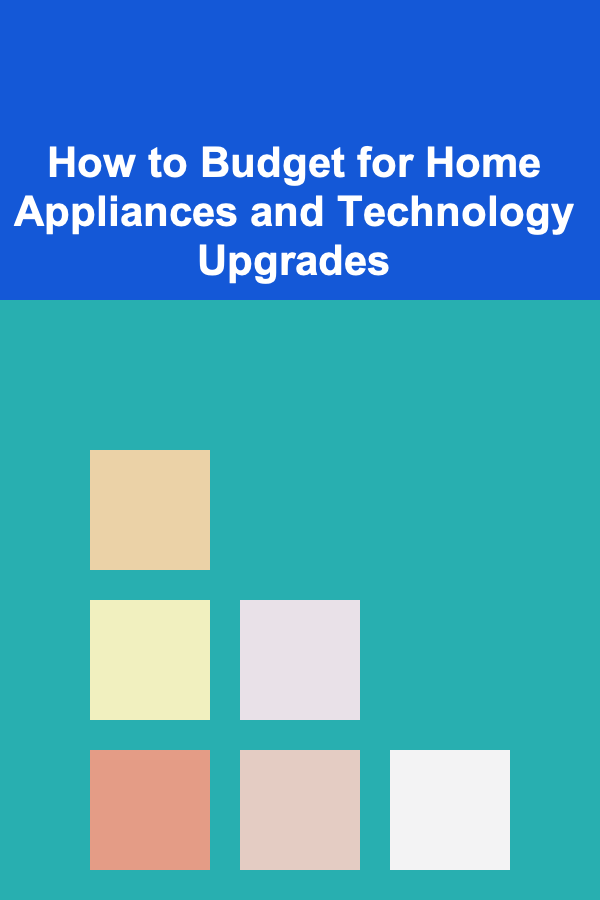
Brilliant Blogging: Creating Engaging and Effective Content for Online Publications as a Content Writer
ebook include PDF & Audio bundle (Micro Guide)
$12.99$6.99
Limited Time Offer! Order within the next:

Blogging has evolved from a casual activity to a powerful tool for businesses, individuals, and brands to share knowledge, build authority, and engage with a global audience. As a content writer, crafting engaging and effective blog posts is crucial for standing out in a crowded digital landscape. But what makes a blog post brilliant? How can you ensure your content not only captures attention but also drives action?
In this actionable guide, we'll explore the key strategies and best practices that will help you create compelling, impactful blog content that resonates with readers and encourages them to return for more.
Know Your Audience: Crafting Content That Resonates
The first and most important step in creating engaging blog content is understanding your audience. A blog that speaks to the needs, concerns, and desires of its readers is far more likely to capture attention and build trust.
1.1 Conduct Audience Research
Before you start writing, take the time to understand who your audience is. Are you writing for professionals in a specific industry? Hobbyists? Consumers looking for solutions? Identifying key characteristics, such as their age, location, profession, interests, and pain points, will help tailor your message.
Actionable Steps:
- Analyze your audience: Use analytics tools (e.g., Google Analytics) to understand demographics, interests, and behaviors of visitors to your website.
- Conduct surveys and polls: Engage with your audience directly to get feedback on what topics they're interested in and what questions they want answered.
- Research competitors: Look at other blogs within your niche to identify gaps in the content they offer, or areas where you can provide more in-depth coverage.
1.2 Create Audience Personas
Once you've gathered insights into your target audience, create detailed personas. These personas represent your ideal readers and will help you craft blog content that appeals to their needs, challenges, and aspirations.
Actionable Steps:
- Develop 2-3 detailed audience personas that outline key demographics, interests, pain points, and goals.
- Keep these personas in mind when writing your blog posts, ensuring that the tone, language, and topics you cover directly speak to your audience's needs.
Compelling Headlines: The Hook That Draws Readers In
Your headline is the first thing readers see, and it often determines whether they will continue reading or move on. A great headline is compelling, descriptive, and sparks curiosity.
2.1 The Art of Writing Headlines That Capture Attention
The goal of your headline is simple: to grab the reader's attention and make them want to click. To do this, it must be concise, clear, and promise value.
Actionable Steps:
- Use power words: Words like "ultimate," "essential," "proven," and "best" create a sense of urgency or authority.
- Incorporate numbers: Headlines with numbers (e.g., "5 Tips for...") often perform better because they promise structured, easy-to-digest content.
- Spark curiosity: Create intrigue by leaving some details out. For example, "The Secret to Writing Blog Posts That Drive Traffic" makes readers want to know what the secret is.
- Avoid clickbait: While you want to pique interest, ensure your headline accurately reflects the content to avoid disappointing readers.
2.2 Use Headline Formulas
There are proven headline formulas that can help you craft compelling titles. Some examples include:
- How-to headlines: "How to [Achieve Result] in [Time Frame]."
- Listicles: "X Ways to [Achieve Desired Outcome]."
- Question-based headlines: "Are You Making These [Mistakes] in [Topic]?"
- Command headlines: "Start [Action] Today with These [Tips/Steps]."
These structures are well-known to attract attention and promise practical value.
Structure Your Blog Post for Readability
Great content is not only about what you say but also how you present it. A well-structured blog post makes it easy for readers to digest and navigate the information.
3.1 Break Content Into Digestible Sections
Long blocks of text can overwhelm readers, causing them to bounce away before reading. Use short paragraphs, bullet points, and subheadings to break your content into bite-sized chunks.
Actionable Steps:
- Use subheadings liberally: This helps to organize your content and allows readers to skim for information they're looking for.
- Incorporate bullet points: These make important information easier to digest and allow readers to quickly absorb key takeaways.
- Keep paragraphs short: Limit paragraphs to 3-4 sentences to make your writing visually appealing and easy to follow.
3.2 Use Visuals to Enhance the Content
Images, infographics, and videos can all serve as important additions to your blog posts. They not only break up the text but also enhance understanding, illustrate key points, and engage the reader.
Actionable Steps:
- Include high-quality images: Choose relevant visuals that support or enhance your message. Use tools like Canva or Unsplash for free, high-quality visuals.
- Create infographics: If you're sharing statistics or data, an infographic can be a powerful way to present information clearly and engagingly.
- Consider video content: Embedded videos can make complex topics more accessible and improve time-on-page metrics.
Create Valuable and Actionable Content
The best blog posts deliver real value to the reader, solving a problem, answering a question, or providing actionable tips. Content that is useful, informative, and aligned with your audience's needs is more likely to be shared and recommended.
4.1 Focus on Quality Over Quantity
It's tempting to pump out lots of content to keep up with the demand, but quality should always take precedence over quantity. One well-researched, well-written post is far more valuable than several shallow posts.
Actionable Steps:
- Do thorough research: Before writing, ensure you've gathered enough information to provide a comprehensive answer or solution.
- Avoid fluff: Each sentence should have a purpose. Eliminate filler content that doesn't add value.
- Use credible sources: Cite reputable sources when providing facts, statistics, or research findings to build credibility.
4.2 Provide Clear Takeaways
Each blog post should offer readers actionable steps or clear takeaways. After reading your post, they should feel like they can apply what they've learned.
Actionable Steps:
- Offer a solution: If you're writing a how-to guide, make sure readers leave knowing how to implement the steps you've outlined.
- Include a call to action (CTA): Encourage readers to take the next step, whether it's downloading a resource, signing up for a newsletter, or leaving a comment.
Optimize for SEO Without Sacrificing Quality
Search engine optimization (SEO) is crucial for ensuring your blog content reaches a wider audience. However, SEO should never compromise the quality of your content.
5.1 Use Targeted Keywords Strategically
Identify the keywords your audience is searching for and integrate them naturally into your blog post. This helps search engines understand your content and boosts its visibility.
Actionable Steps:
- Do keyword research: Use tools like Google Keyword Planner or SEMrush to find relevant keywords for your topic.
- Integrate keywords naturally: Place keywords in titles, subheadings, and throughout your content, but avoid keyword stuffing, which can harm readability.
- Focus on long-tail keywords: These are more specific search queries that tend to have less competition and higher conversion rates.
5.2 Optimize for Readability and UX
Google prioritizes content that provides a great user experience. Focus on page load speeds, mobile optimization, and easy navigation.
Actionable Steps:
- Ensure mobile-friendliness: With mobile usage on the rise, your blog should be easy to read and navigate on smartphones and tablets.
- Improve load speed: Compress images and streamline the design to ensure your page loads quickly, as slow loading times can drive visitors away.
- Use internal linking: Link to other relevant posts on your blog to keep readers engaged and improve SEO.
Engage with Your Readers
Engagement doesn't stop once the blog post is published. To build a loyal audience, you need to actively interact with your readers and foster a sense of community.
6.1 Encourage Comments and Conversations
Comments are an excellent way to engage readers and create a sense of interaction. Encourage readers to share their thoughts, experiences, and feedback on your post.
Actionable Steps:
- Ask questions at the end of your posts: Invite readers to share their opinions or experiences related to the topic.
- Respond to comments: Engage with readers by responding to their comments, which helps to build rapport and encourages further interaction.
6.2 Promote Social Sharing
Make it easy for readers to share your content on social media. The more shares your post gets, the more visibility it will have.
Actionable Steps:
- Include social sharing buttons: Add sharing buttons at the top or bottom of your blog post to make it easy for readers to share your content.
- Encourage sharing: Politely remind readers to share the post if they found it valuable, helping to expand your reach.
Conclusion
Brilliant blogging is a combination of understanding your audience, creating valuable content, and ensuring it's presented in an engaging, easily digestible format. By focusing on quality, optimizing for SEO, and maintaining strong engagement with your readers, you'll not only create content that resonates but also build a loyal audience that keeps coming back for more. Blogging isn't just about writing; it's about creating an experience that adds value to your readers' lives.

Evolving Digital Media Landscape: Opportunities and Challenges for Advertising Executives
Read More
How to Budget for Home Appliances and Technology Upgrades
Read More
How to Consolidate Debt and Lower Your Interest Rates
Read More
How to Make a Membership Recruitment Checklist for a Religious Organization
Read More
How to Use Landscaping to Enhance Your Home's Security
Read More
Money-Saving Challenges: Creative Ways to Cut Costs and Save More
Read MoreOther Products

Evolving Digital Media Landscape: Opportunities and Challenges for Advertising Executives
Read More
How to Budget for Home Appliances and Technology Upgrades
Read More
How to Consolidate Debt and Lower Your Interest Rates
Read More
How to Make a Membership Recruitment Checklist for a Religious Organization
Read More
How to Use Landscaping to Enhance Your Home's Security
Read More